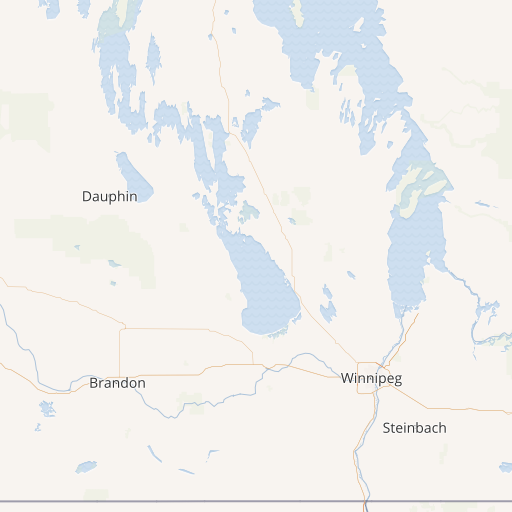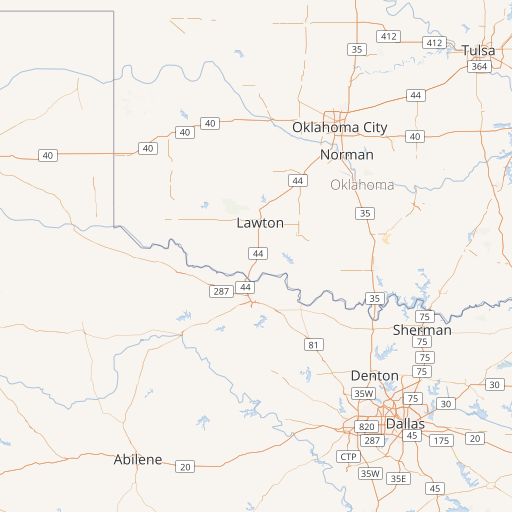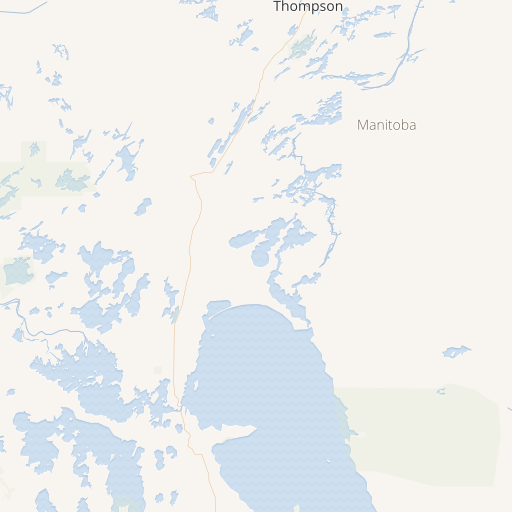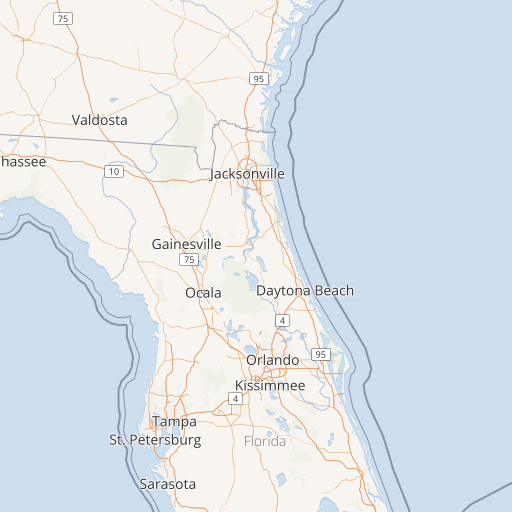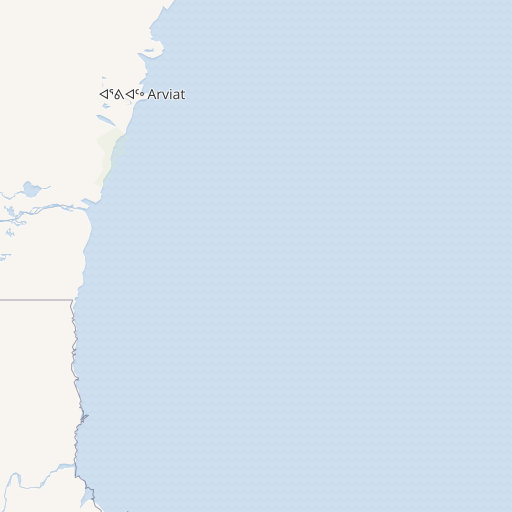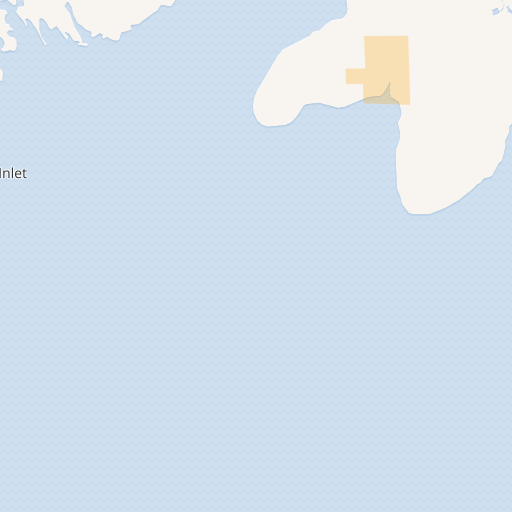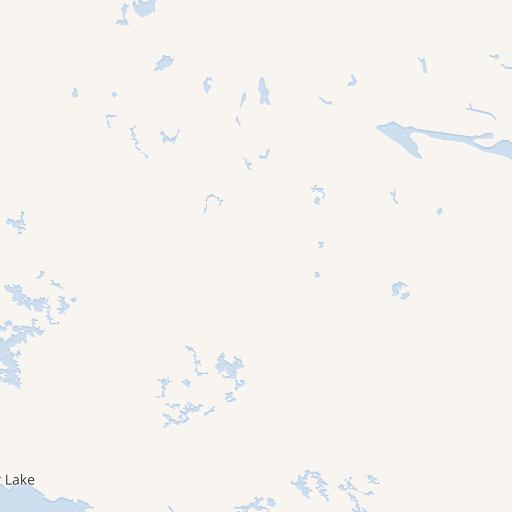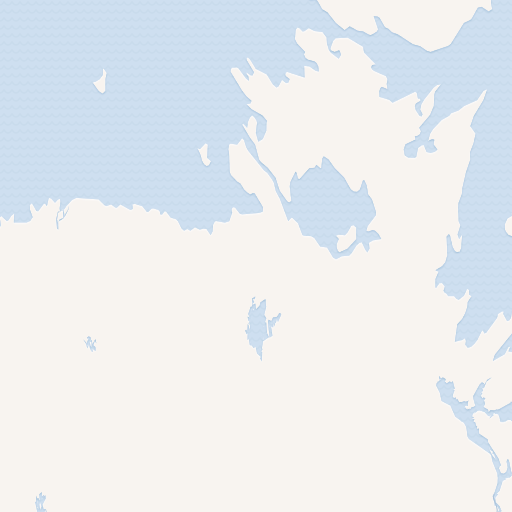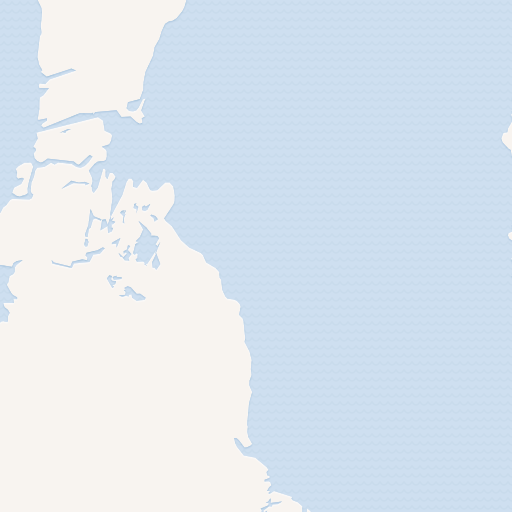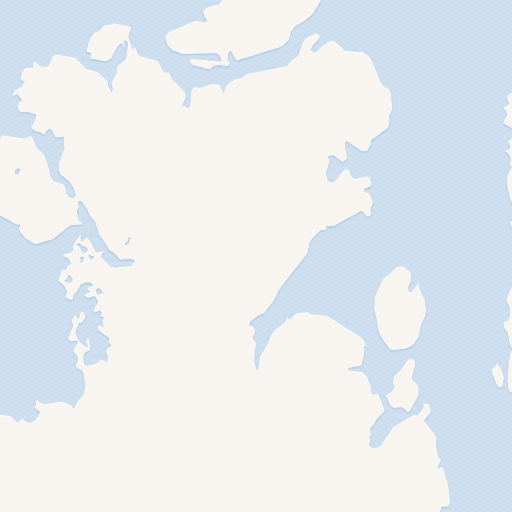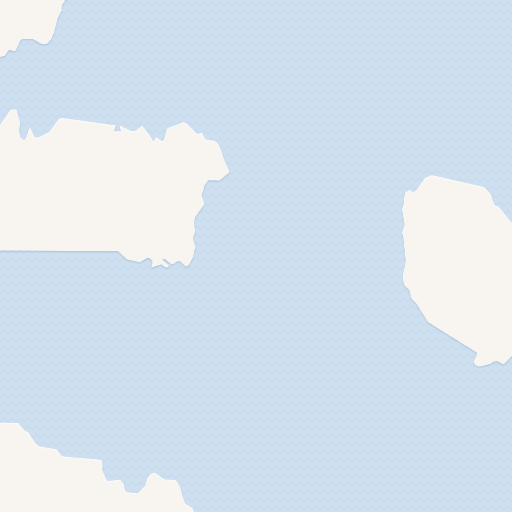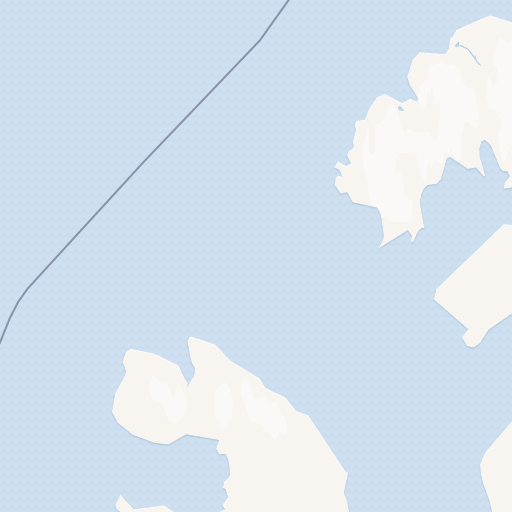About
The Chickweed Geometer, also known as Haematopis grataria, is a species of moth found throughout North America. The wingspan of the adult moth ranges from 2 to 2.5 cm. The wings are primarily yellow with distinctive pink markings, including a pink dot on each forewing, two pink lines across the bottom of the wings, with one thicker than the other, and a pink fringe on the edges of the wings. The scientific name Haematopis is derived from the Greek words “haima” meaning blood and “ops” meaning appearance, which could refer to the pink details on the wings.
The caterpillar of the Chickweed Geometer is known for its unique hump-like appearance. It has a green body and is covered in small bumps, giving it a rough texture. When threatened, the caterpillar can curl up and blend in with the surrounding vegetation, making it difficult to spot. The Chickweed Geometer caterpillar feeds on a variety of plants, including chickweed, dandelion, and clover.
One interesting fact about the Chickweed Geometer is that it is sometimes considered a pest in agricultural areas. The caterpillars can cause damage to crops, particularly soybeans and other legumes. Despite this, the Chickweed Geometer plays an important role in the ecosystem as a food source for birds and other predators.
Fields, meadows, lawns, gardens



















